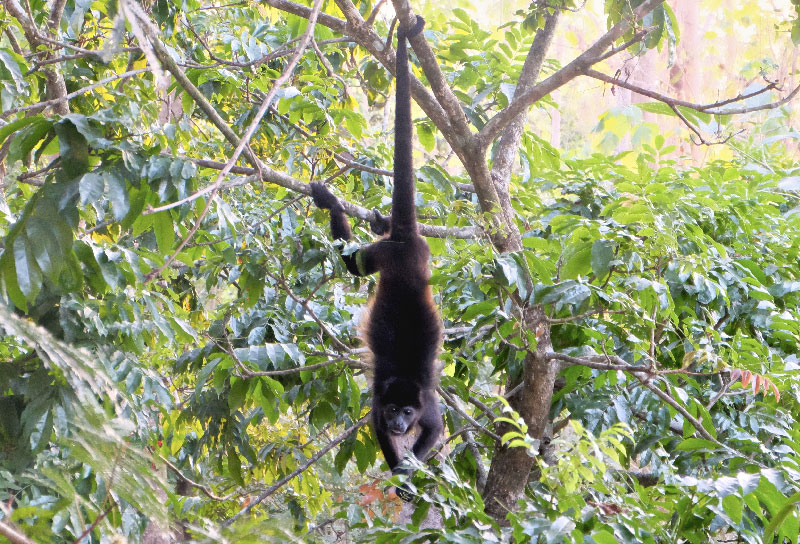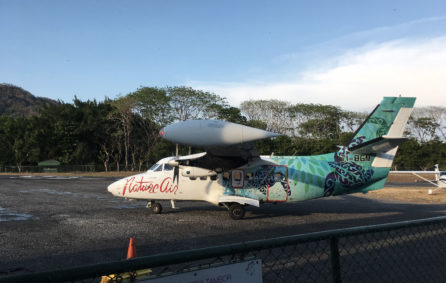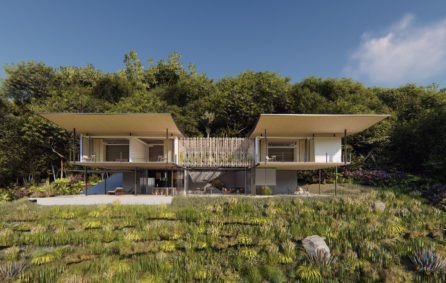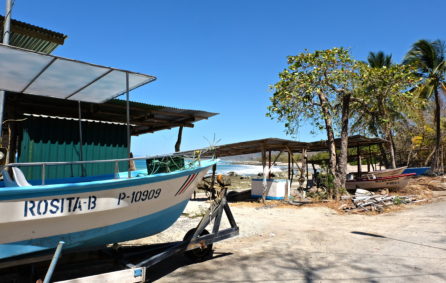Find out more about Costa Rica

Costa Rica, a safe and democratic country
70 years of democracy
Costa Rica is a small democratic state with a tropical climate that stands out as an exception in Central and Latin America due to its development model based on education, health care and environmental protection. Unlike most of its neighbors, the country has been a stable, peaceful state since 1949 and was one of the first Central American countries to become a democracy. Costa Rica is also known for its historic constitutional abolition of its army as long ago as 1949.
The happiest place on earth
The Costa Rican population lives by the motto “Pura Vida”. These two words, used as a greeting, literally mean pure life and refer to a philosophy of enjoying life. It therefore comes as no surprise that out of 140 countries, Costa Rica has been topping the Happy Planet Index (HPI)* ratings since 2009.
*The Happy Planet Index (HPI) is an index of a country’s development providing an alternative measurement to the Gross domestic product (GDP) and the Human development index (HDI). Created by the New Economics Foundation (NEF), a British think tank, the HPI (theoretical value going from 0 to 100) is calculated using four indicators: ecological footprint (in global hectares), life expectancy (in years), subjective life satisfaction (from 0 to 10 obtained via a survey) and income inequality.
Key figures
- 70 years of democracy
- Population: 4.9 million inhabitants
- GDP: 57.4M USD
- In
2015, the OECD invited Costa Rica to join in formal membership discussions
- Definitive membership planned for 2019
- 2nd highest median income in Central America, 3rd in Latin America
- 2nd
HDI (Human Development Index) in Central America, after Panama
- Ranks 66th globally out of 188 countries, listed in the high HDI category
- Source: Human development report 2016, UNDP (United Nations Development Programme)
- Safest
country in Central America
- Source: UNODC – United Nations Office on Drugs and Crime
- One
of the best health care systems in the Americas
- 2nd best, after Canada according to Legatum Institute
- High
literacy rate: 97.5% of the adult population (15 years old and over)
- Source: Unesco, 2011
Costa Rica, an environmental leader
From the moment you get off the beaten track and out of the capital, nature is omnipresent in Costa Rica. The country has exceptional flora and fauna, it contains 6% of the global biodiversity (while it accounts for only 0.03% of the earth’s surface), including 1.3% of native fauna.
Over 25% of the country is made up of national parks (26), including 3 UNESCO designated World Heritage Sites: La Amistad Reserves (1983, shared with Panama), Isla del Coco (1997) and Guanacaste National Park (1999).
The country also has numerous public and private reserves, and wildlife refuges.
Costa Rica was one of the first Latin American countries to integrate environmental protection into its growth strategy, which has greatly contributed to the success of its tourism industry.
Having built an international image of a natural paradise, there is much at stake when it comes to preserving the country’s biodiversity.
The regions of Mal Pais and Santa Teresa are no exception and have many remarkable sites, such as the Cabo Blanco Nature Reserve.


